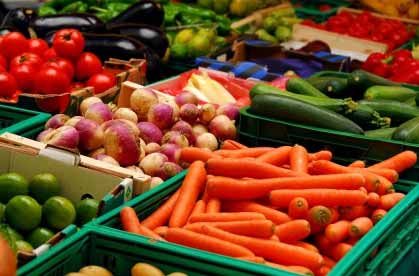Global food prices have dropped sharply in May, the lowest since September 2011, owing to increased supplies, growing global economic uncertainties and a strengthening of the US dollar, according to FAO’s latest report
The FAO Food Price Index, measuring the monthly change in international prices of a basket of food commodities, fell by four per cent in May. It averaged 204 points and was 9 points down from April.
FAO's grain analyst Abdolreza Abbassian, said, “Crop prices have come down sharply from their peak level but they remain still high and vulnerable due to risks related to weather conditions in the critical growing months ahead.”
FAO at the same time raised the forecast for world cereal production by 48.5 million tonnes since May, mainly on the expectation of a bumper maize crop in the United States.
FAO's latest forecast for world cereal production in 2012 stands at a record level of 2,419 million tonnes, 3.2 per cent up from the 2011 record.
The bulk of the increase is expected to originate mainly from maize in the United States amid an early start of the planting season and prevailing favourable growing conditions. As a result, the global coarse grain production is forecast at 1,248 million tonnes, a huge 85 million tonnes increase from the previous year.
However, with planting still to be completed and much of the crop at very early stages of development, the final outcome will depend greatly on weather conditions in the coming months.
With the main northern hemisphere rice crops now in the ground in several countries, the forecast of global rice production in 2012 is firmer and points to a 2.2 per cent increase from 2011, to some 490 million tonnes, mostly reflecting larger plantings in Asia.
For wheat, latest indications point to a contraction of about 3 per cent in production in 2012, to 680 million tonnes, still well above the average of the past five years.
The global cereal utilization is forecast to expand by at least 2 per cent in 2012/13, to 2 376 million tonnes, with feed utilisation growing by 3.8 per cent, while food consumption is expected to increase by just over 1 per cent, largely keeping pace with world population growth.
At the current forecast level, world cereal production would exceed the anticipated utilization in 2012/13 (which has been revised up since last month by 19 million tonnes or 1 per cent) and lead to a significant replenishment of world cereal stocks, up 36 million tonnes, or 7 per cent, from the previous season.
Source: FAO




